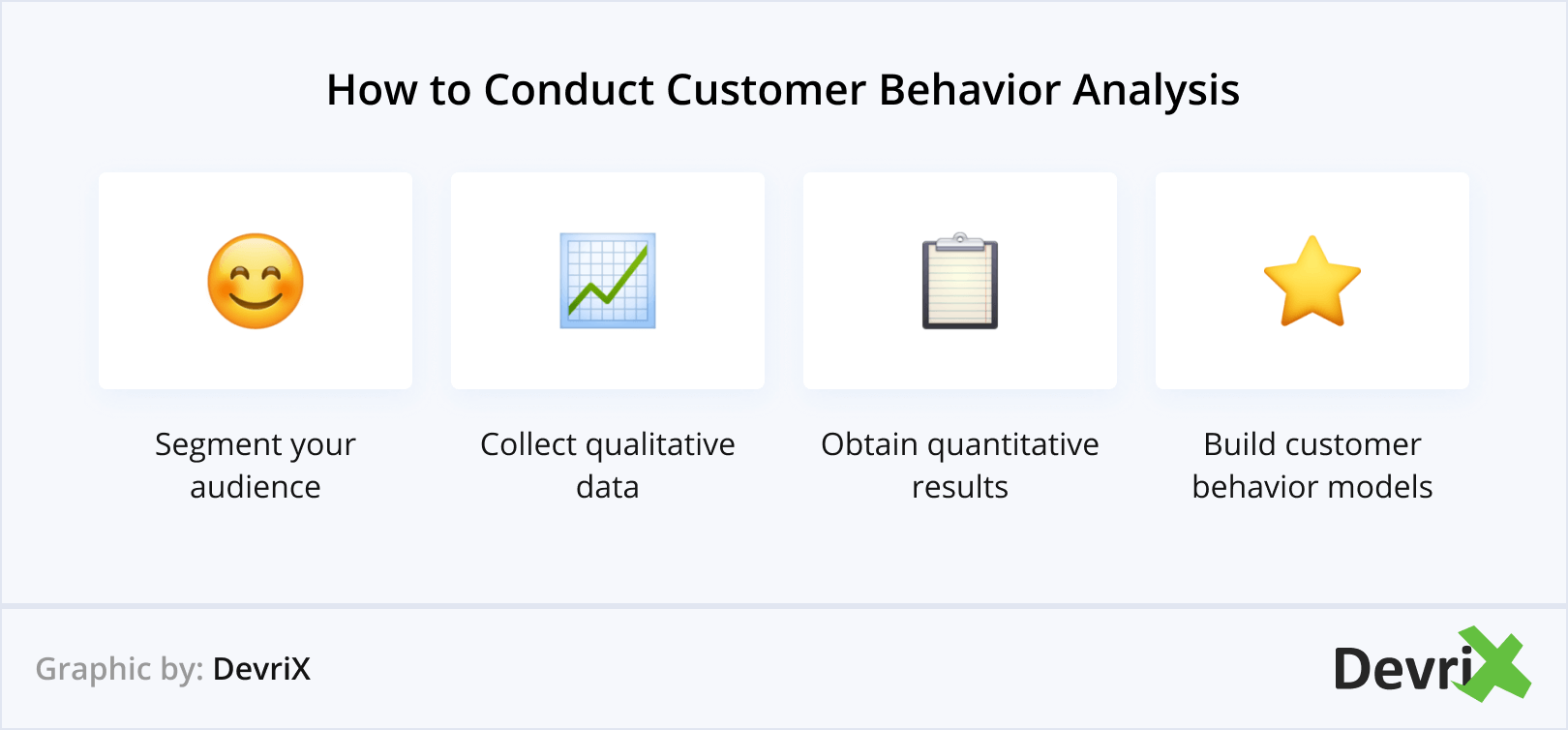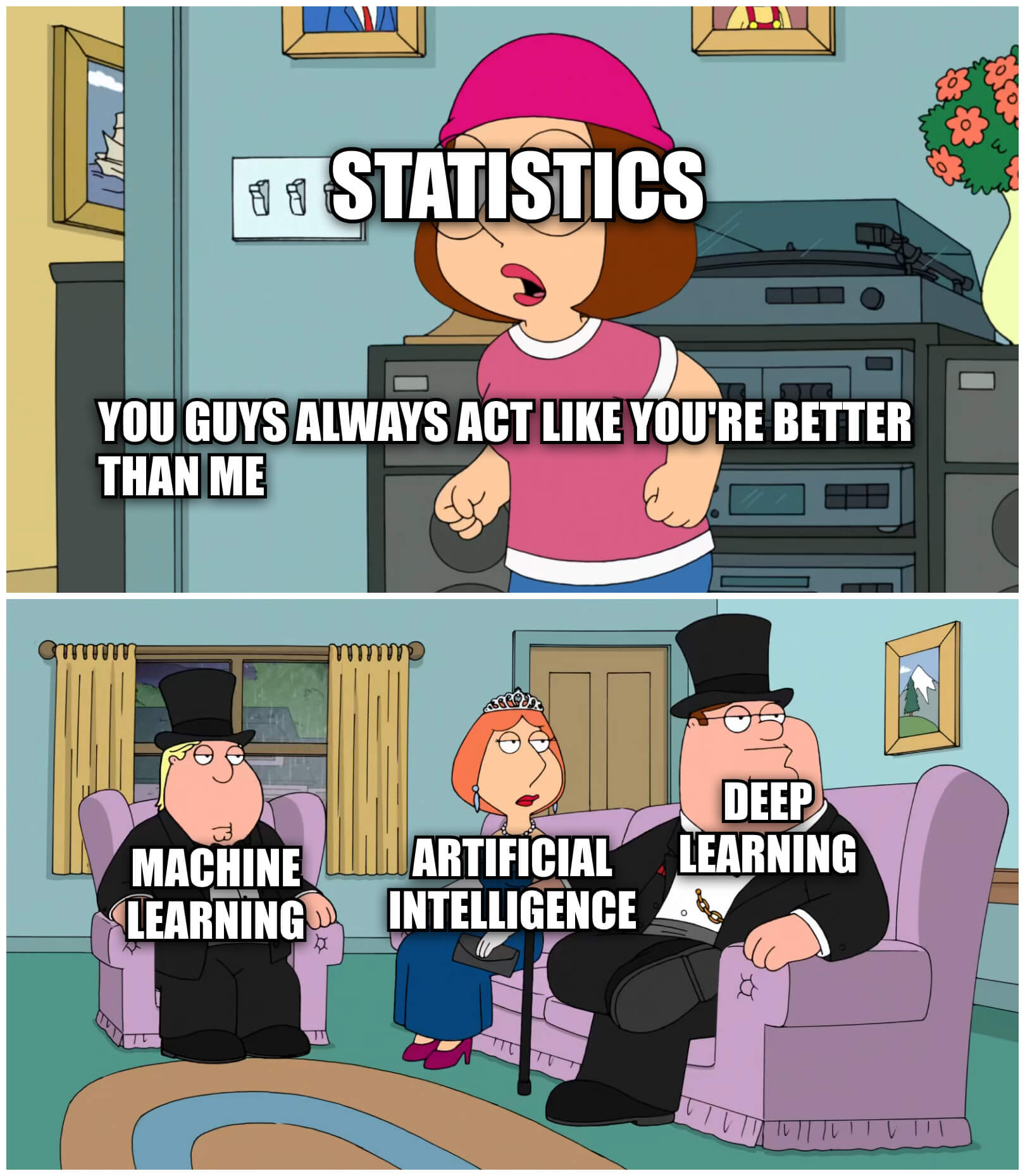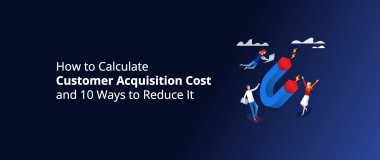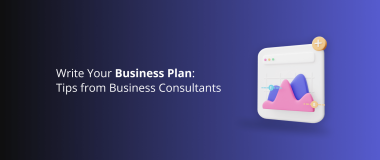Customer behavior analysis is the key to marketing, sales, and customer service personalization. Nowadays, businesses operate in a data saturated environment which makes the possibilities for tracking and understanding customer behavior practically limitless. And so are the benefits of leveraging this data.
This type of market research is one of the most powerful and valuable data-driven decision making strategies in business today. Once you delve deeper into what the customer does and why, and you truly understand them, you can identify your mistakes, increase marketing ROI, improve your products, and encourage customer loyalty
In the digital world, the only thing that stands between you and your audience’s consumer profiles is the personalization and privacy paradox. However, tracking and analysing customer behavior doesn’t necessarily involve “spying” on them or stalking them without their consent. There are legitimate ways to obtain this information and apply it to your strategy.
Read on to find out how to power up your business with customer behavior analysis!
What Is Customer Behavior Analysis?
Customer behavior analysis is a type of market research that relies on qualitative and quantitative data to identify trends in customer behavior. In digital marketing, data analysts use various methods of segmentation to break down and examine customer behavior on websites and across digital channels.
The goal is to differentiate touchpoints, analyze traffic sources, recognize various actions, and deconstruct the conversion path. The information gathered is cross-referenced with the customer’s demographic, psychological, and consumer profile to identify trends and patterns.
In a nutshell, customer behavior analysis provides answers to a business’s most burning questions, including, but not limited to:
- Why do the customers make purchases?
- How do they learn about the brand/product?
- How do they browse the website?
- How do they interact with the brand?
- How do they use products?
- What issues do they encounter?
- What makes them leave the company?
- What can convince them to come back?
Using this information, companies can optimize and personalize their marketing campaigns, streamline sales, and better respond to the market’s needs.
How to Analyze Customer Behaviour
Customer behavior is hard to understand and predict, because it depends on many external factors, some of which are impossible to grasp.
For example, people often make purchase decisions on impulse or in response to events in their personal life that a company can not possibly take into account. This applies to a greater extent to B2C clients, but can be observed in the B2B sphere as well.
Relying solely on data from marketing tools may not be enough to fully understand the whole picture of what defines customer behavior. That’s why, to obtain meaningful results, companies need to combine both qualitative and quantitative information.
Furthermore, customer behavior analysis tools need massive amounts of data in order for the algorithms to learn, and build accurate models.
The combination of these factors is what makes this type of research so complicated. The best strategy is to employ a holistic approach and use all the information at your disposal in the different stages of your study.
The methods you use to conduct customer behavior research may vary depending on the available resources, the type of business, and the number of clients.

Here are the steps to consider:
Segmenting Your Audience
Segmenting your audience into groups based on different characteristics will allow you to obtain general information about how your customers behave. Some of these factors to consider are:
- Demographics – age, gender, and location.
- Personal profiles – interests, family status, and income.
- Work profile – industry, company, and position.
- Psychological profile – impulsive, rational, etc.
- Consumer profile – purchasing frequency, purchase value, and customer life-time value.
- Digital activity profile – prefered channels, regularity, and engagement.
This data can be derived from the analysis of the information your analytics collect. You should look into the sources that bring visitors to your website, the time people spend on your pages, the steps they take when browsing, the conversions, the time of the day, and all other possible details.
While the process can be time-consuming and requires you to delve deep into the data, the results can be extremely revealing. The insights you obtain here can be used in the next stages of your research.
Collecting Qualitative Data

Qualitative data enables researchers to see the people behind the numbers. Talking to your customers, and observing them in a controlled or natural environment allows you to put their behavior into perspective.
By conducting qualitative methods, such as interviews, focus groups, and observation, you are able to find answers to the most important question – why do people do what they do?
By leveraging this information, you can fill in the gaps in their profiles and understand what drives certain behaviors.
Furthermore, nothing beats meeting someone face to face. Data can speak volumes, but without attaching it to real humans with real problems, desires, and needs, it can be biased and lead you to completely wrong conclusions.
The downside of qualitative research is that it has its limitations, and can’t be done at scale even if you have the resources. That’s why you need to double-check the information you’ve collected.
Consolidating Results with Quantitative Research Methods
Quantitative research methods such as surveys provide a way to turn qualitative information into statistically valid results. They enable you to understand common behaviors, what conditions they are dependent on, which segments are prone to them the most, and how often.
Here, you are using the information from both segmentation and quantitative methods, to refine your conclusions and identify the scale of the possible trends.

You can also use surveys to understand how changing the variables affects self-reported behaviour. The results, of course, should be double-checked with field experiments, because there often are discrepancies between what people claim (and believe) they would do under given circumstances, and how they act in reality.
Building Customer Behavior Models
Using the data you’ve accumulated, you can build customer behavior models. Depending on the industry, business, type of clients, and sales-cycles, there are different ways to approach the models.
The most common type of customer behavior analysis is the RFM approach – Recency, Frequency and Monetary value.
If you are conducting research to improve your eCommerce strategy, for example, this may be a great way to single out your most valuable customers. These will be the people who are the most loyal, shop most often, and spend the most money in your store. By analyzing their purchasing history, you may identify their habits, cross-reference them with their buyer persona profiles, and any outside factors such as timing and seasonal discounts, and then align your strategy with their behavior.
However, while the RFM model is very popular, it leaves out important factors such as the customer’s lifetime value, the stage of their journey, and their behavior before the current period.
Fortunately, machine learning has improved to such a point that it allows us to take all this into account, and build complex and precise models.
Predictive analytics marketing is a discipline that uses machine learning to analyze past behavior and trends to provide forecasts for the future. Businesses can identify how their clients might shift behaviors, plan their strategies, and streamline their marketing efforts.
Customer Behavior Analysis Examples
Customer behavior analysis can be leveraged through all stages of the customer journey, including post purchase. The greatest benefit of this type of market study is that, by understanding your clients and becoming acquainted with their habits, personality traits, and motivations, you are able to provide better customer service.
Here are some examples of how to use customer behavior analysis during the different stages of the customer journey:
Awareness
Studying your customers at this stage will enable you to better understand how to attract their attention. You should focus on their browsing habits and finding out where they spend time online, what are their preferred social media platforms, and how they interact with content.

By leveraging this knowledge and combining it with the results from other types of market research, you can improve lead generation.
Furthermore, your website analytics will provide information about channels that bring in the most customers and which of them are most likely to convert. You can then eliminate poor performing streamlines and focus on the high-quality leads.
Consideration and Decision
Once customers enter the funnel, you have even more opportunities to observe and analyze their behavior. You should track conversions and build attribution models and follow your customer’s every interaction with your brand. If you have access to third-party information, you should analyze this as well.
Using the data you’ve collected, you can create detailed customer journey maps to help you identify siloes and setbacks, refine your persona profiles, and optimize the journey.
Walking a mile in the customer’s shoes is the best way to understand their behavior, and boost sales.
Post-Purchase Period
Retaining your clients is much more cost-effective than acquiring new ones. That’s why customer behavior analysis is vital to the post-purchase period.
By providing proactive onboarding and following closely how your customers use your products over time, you are able to identify issues and provide timely solutions. Whenever you notice something out of the ordinary, you should reach out to the customer and communicate how they can overcome setbacks.
Analyzing feedback, reviews, UGC, customer service history, and usage analytics will provide you with valuable customer insights into how to satisfy your client’s needs and prevent them from leaving. By leveraging these, you can improve customer communication, and increase loyalty.
Furthermore, behavior analysis may become an asset in your upselling and cross-selling strategy. For example, if your product is a SaaS software, you could track when low-tier customers start to reach the limits of their plans, and offer them an upgrade. Combining this with a personalized marketing message tailor-made to them and their account’s history, will significantly increase the chances of success.
Bottom Line
Monitoring your customers, talking to them, and doing your best to understand what drives their choices is the key to a business’s success.
Although every client is an individual person with their own unique traits and habits, more often than not, there are touchpoints and patterns that are common to people with similar profiles. Figuring these out and aligning your strategy with them will enable you to customize your customer experience and power up your business.
For optimal results, customer behavior analysis should be conducted at every stage of the journey and updated regularly. This way you will be able to stay in line with your client’s needs, evolve together with them, and always be one step ahead of new trends.





